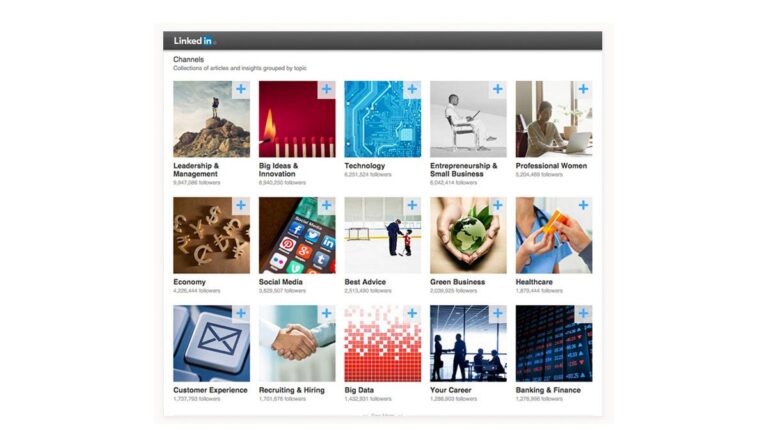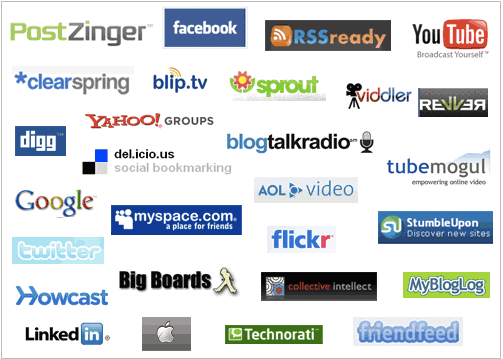So You Want To Build An App Do You?
Then you’ll want to be aware of two critical decisions you’ll need to make.
By virtue of our work with content marketing and lead generation, we often find ourselves working with software companies. Typically, they are interested in having us create sales funnels that help them attract prospects, educate them about the benefits of a given software solution, and then convert them into users.

Following these steps in the buyer’s journey is important for anyone looking into complex solutions, but it’s especially critical when it involves intangible products (like software or consulting) that have hidden benefits and plenty of competition.
Fortunately, we’ve experienced some pretty satisfying success with our clients in these areas. However, we don’t follow a uniform approach with every business we work with. Instead, we tailor our lead-generation programs to their specific needs. There are a lot of specialized factors and market conditions that have to be taken into account.
Everything gets easier when software as a service (SaaS) clients come to us with a good idea of who they are, what they’re offering, and where they’re planning to go. However, not everyone has answers to two key questions every software solution service must know…
Question #1: What is Your Revenue Model?
At the risk of over-generalizing things, there are two predominant revenue models for software companies: self-funded ventures, and investment opportunities.
Those who are self-funding are typically looking to raise money through subscription sales of their app or software. The founders see a need, set out to create a better solution than those already available, and focus on delivering a useful service. Then, they charge for that service to build cash flow. That makes branding critical, because consumers have to be able to tell what makes the software special, relative to the competition. If they can’t, new sales or subscriptions don’t happen.
In an investment model, the business starts out with the notion that it will eventually be bought out by a larger company. That means each move is calculated to create a category killer. Sometimes, these apps might be completely free, because the real value is in the subscriber base and user data being mined. As they say, nothing is truly free.
Because most new companies don’t have the resources and connections to attract big investors while they are starting up, the pressure is on to grow the platform quickly through subscribers and special offers. For the investment minded, subscriptions might be secondary – or even nonexistent – because the real goal is to earn enough market share, in terms of users, to get bigger businesses to take notice.
Question #2 How Will You Let Users Get to Know Your Product?
Once you have a revenue model in place, you need a customer acquisition strategy. Or, to put it more simply, you have to create a mechanism that lets users find out about your software and how it can solve their challenges.
A first choice is often a free trial, which involves giving away your product (or a version of it) at no cost – sometimes forever, sometimes for a limited time. By giving users free reign to run through its features and interfaces, you are essentially providing a self-guided demo. Most free trials are offered for software that is simple and low cost, or designed to gain huge numbers of users quickly because they truly fill a demand.
SnapChat is an example iof this, where teens have snaped it up as a way to regain privacy online (thanks to their parent having published every photo they took of them throughout their lives). And thanks to the software’s auto-delete feature.
A second choice is to require prospects to book a demo. This opens opportunities for a guided (sales) discussion using specific strategies and toolsets. In fact, the demo might even be customized towards a particular customer, industry, or situation. Although demos don’t usually attract as many prospects as free trials do, they do require users to make a small commitment, which implies much greater interest (and a bigger likelihood of converting). It also allows for more complex solutions, and meaningful question-and-answer interactions.
Making the Pieces Fit Together
Although we are treating them as separate and distinct questions in this article, the reality for most software solutions is that the answers to both are deeply intertwined. For example, a software startup that is designed to be bought out later may embrace a free trial strategy, because that enables them to grow their base of users (and collect valuable data) much more quickly. Conversely, a software company that wants to sell subscriptions might naturally prefer a demo system, because it involves less time wasted on low-value prospects and improves closing ratios.
In the end, it’s important to remember that neither of these approaches is right, wrong, or better – just that these are decisions that are best made early on. If you can focus your marketing campaigns early, then they’ll take shape in a more coherent way later on.
Your web design and online marketing team can do a lot to help your software company grow, but it’s going to be a lot more successful if you have a good sense of what your business model looks like. If you’re aplnning to build an app, you might want to grab a copy of our Marketer’s Toolkit to help you plan and manage your App marketing efforts.







